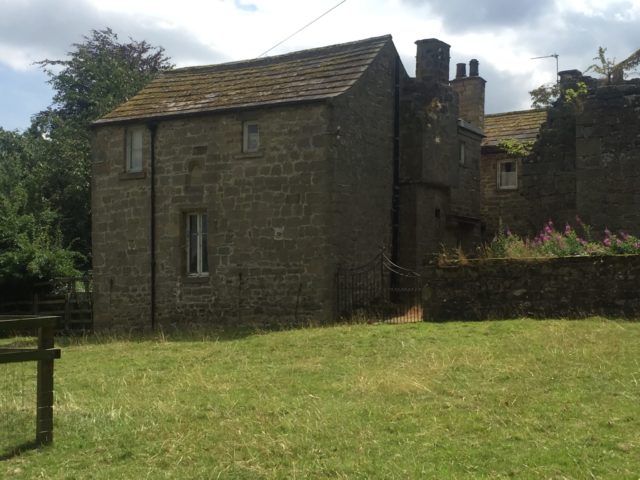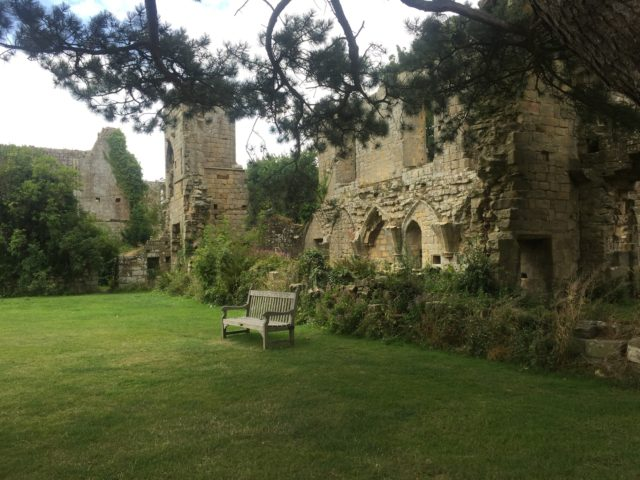Jervaulx Abbey is privately owned by the Burdon family and is the largest privately-owned Cistercian Abbey in England. It is open to the public and is praised as being a spot of great natural tranquillity.
Located in East Witton, just outside of Ripon, the abbey was dedicated to St Mary in 1156. The abbey was part of the Cistercian order and associated with the nearby Byland Abbey. The monks who resided there had been transferred from Fors Abbey which had been built on the bank of the River Ure.
The monks moved to Jervaulx because the lands around Fors Abbey were not very fertile and heavy rain one year destroyed their crops. So their benefactors (Earl Alan of Richmond and his son) increased their revenues, granted more land, and the monks were able to build a new monastery at Jervaulx.
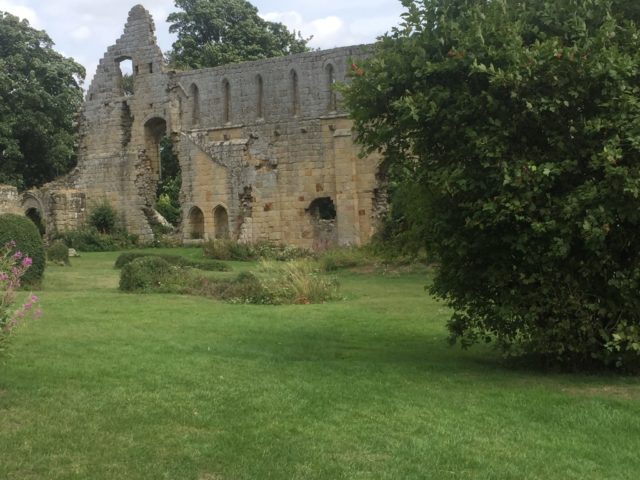
From modest beginnings, the abbey flourished until it owned half of the surrounding valley lands. It also made two lasting impressions on the local economy. Firstly, the abbey was well-known for breeding horses, a tradition which is carried on in the nearby village of Middleham today.
Secondly, the Abbey is situated in Wensleydale and the monks there were the first to make authentic Wensleydale cheese. This particular type of cheese was made famous by the stop-motion animation films starring Wallace and Gromit.
Today, Yorkshire Wensleydale cheese is made in Hawes at the Wensleydale Creamery, but this popular food might never have come to be if not for the enterprising monks at Jervaulx Abbey.
Unfortunately, like many of its sister abbeys, Jervaulx’s assets were stripped as part of the Dissolution of the Monasteries by Henry VIII. Everything it owned and even its very stones were either given to the king or reused by nobles and local parishes.
Consequently, there is a carved screen in Spennithorne, a gilded rood screen with part of the stalls at St Andrew’s Church in Aysgarth, and a stained glass window at St Gregory’s church in Bedale.
The grave of Robert Thorneton, the penultimate abbot of Jervaulx, was moved to Middleham. The last abbot, Adam Sedbergh, joined the Pilgrimage of Grace and was ultimately hanged at Tyburn in June 1537.
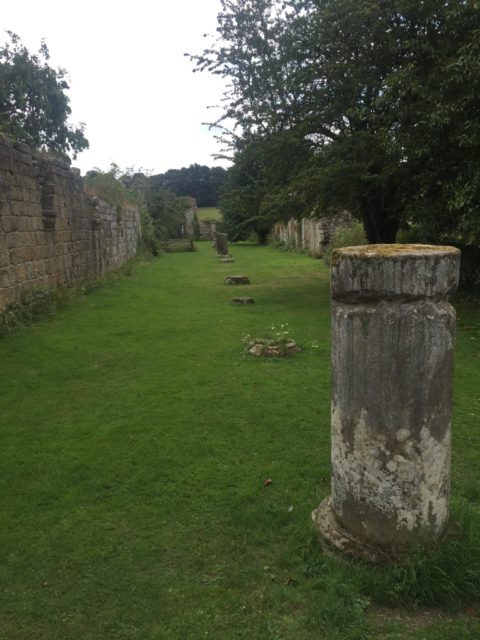
Once the abbey was in the king’s power, he gave it Matthew Stuart, the fourth Earl of Lennox who was married to the king’s niece, Margaret. As time passed, the abbey went through various hands as part of the estate of the nearby Jervaulx Hall. At one point, it actually served as a garden for the Hall.
In 1971, it was purchased by Major Burdon and his wife as a retirement home. They found the place so enchanting that they decided to make it open to the public. After Major Burdon passed away in 1980, his son Ian continued to manage the property.
However, the family hit a problem in 1982 when English Heritage pronounced the ruins to be dangerous and recommended they should be shut down. Ian decided that he would instead get an architect to draw up plans on how to make the site safe.
It cost £1 million to renovate the abbey, and while some of the money came from grants, the family had to fund most of it. The foot and mouth crisis then followed, requiring them to close for seven months, but still they were not defeated.
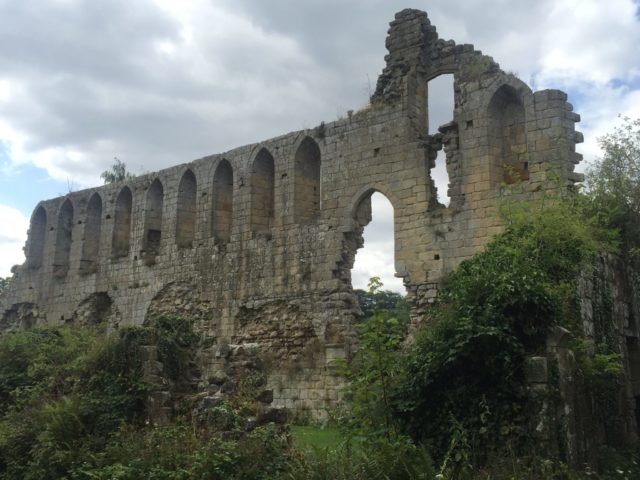
The family carried on and diversified, opening tearooms for the abbey in 1994 as well as a B&B and a caravan site. In 2019, to celebrate the 25th anniversary of the tearooms, the owners released a cookbook called In their Footsteps, offering baking recipes from the tearoom itself.
Jervaulx Abbey can even be used as the setting for weddings, civil ceremonies, and other outdoor functions – so long as attendees are willing to brave the British weather. In fact, the first marriage held there was that of Gayle Burdon, Ian’s own daughter.
The tagline on the abbey’s website is “tranquil, historic, and beautiful,” which seems apt given that the ruins are surrounded by wildflowers and meadows. Indeed, many websites detailing this site praise the number of wildflowers that can be found onsite and also sprouting from some of the ruins.
Access to the abbey is along a path and through a gate. There is an honesty box for visitors as well as some information panels.
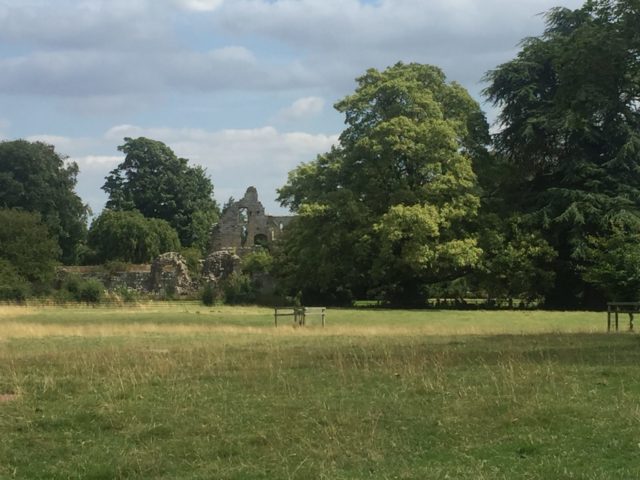
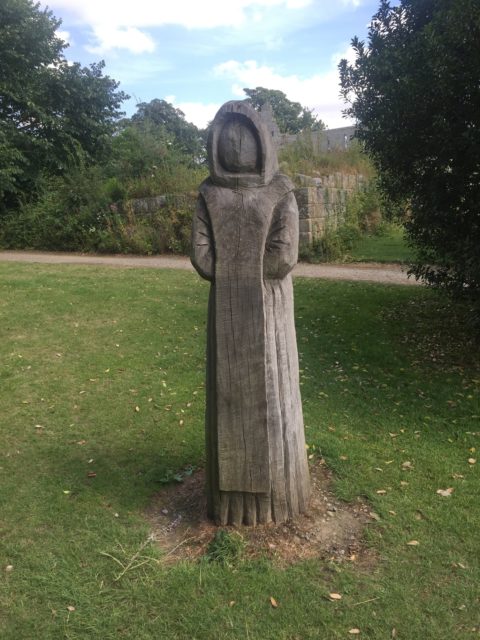
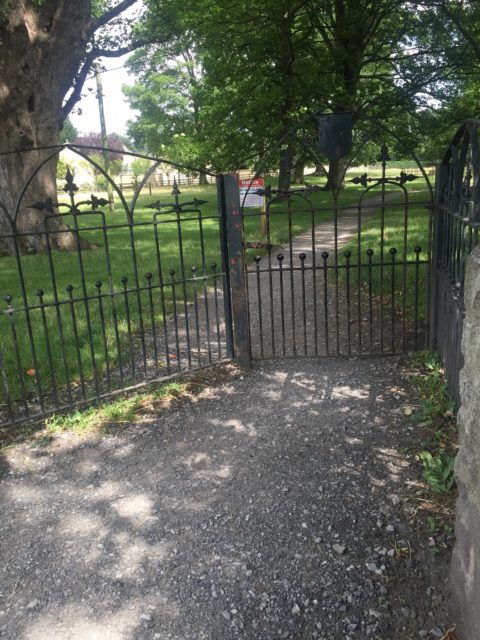
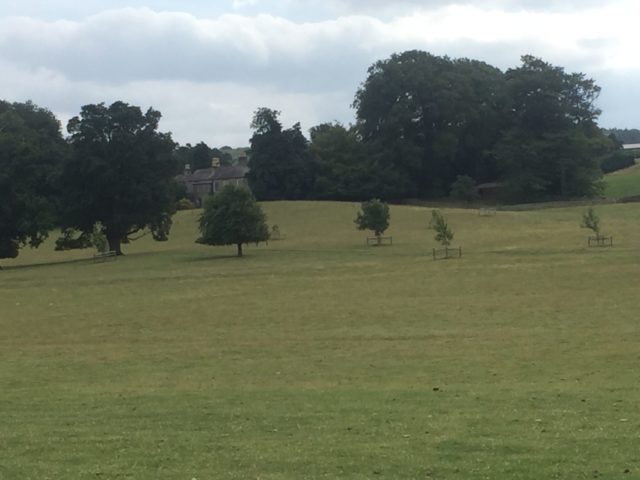
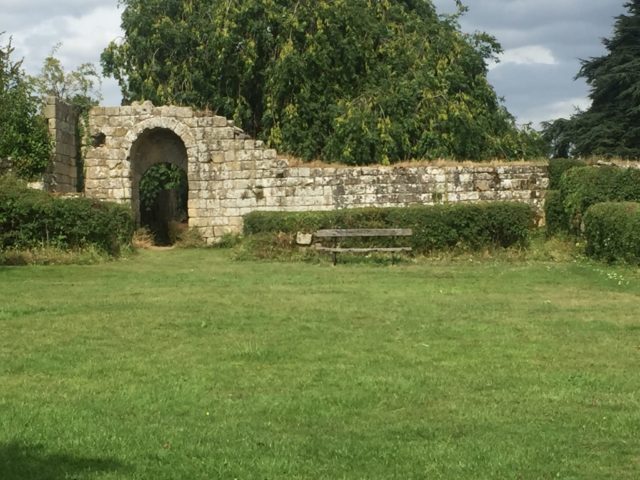

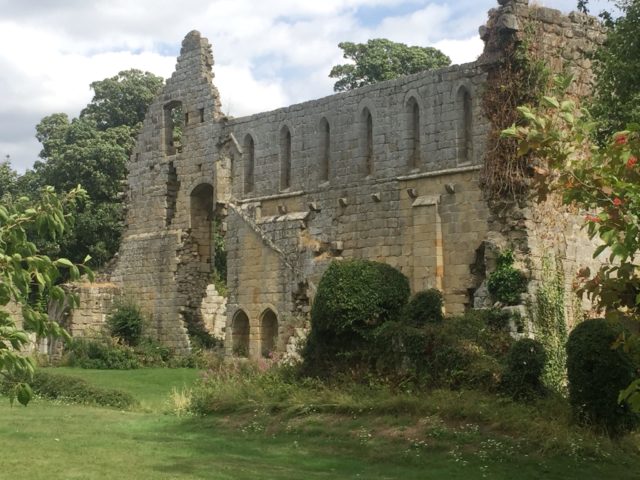
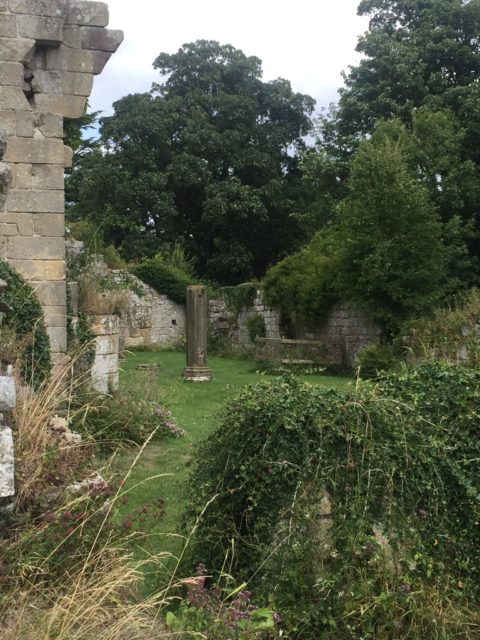
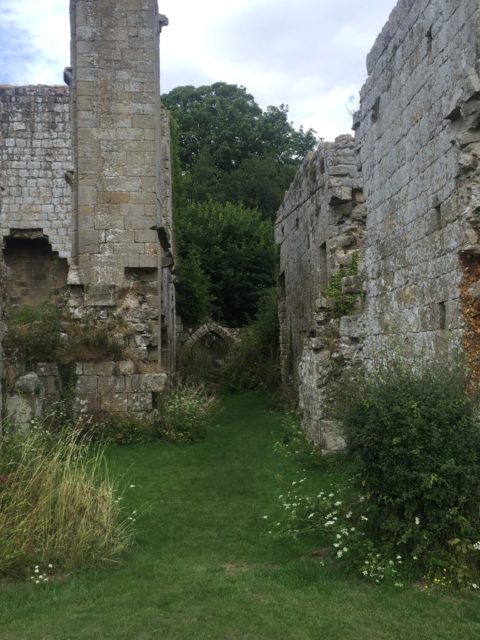
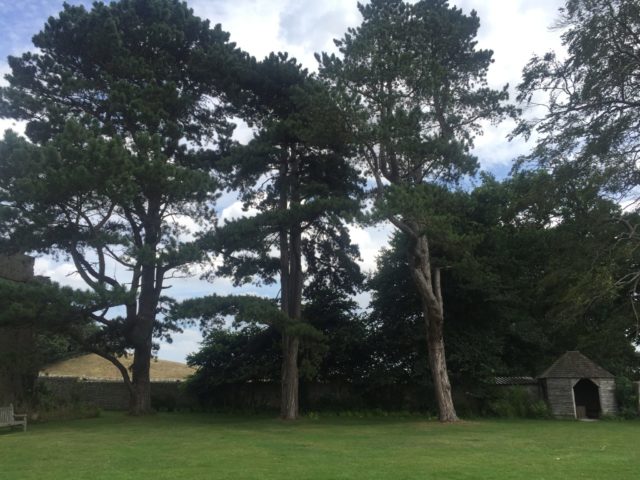
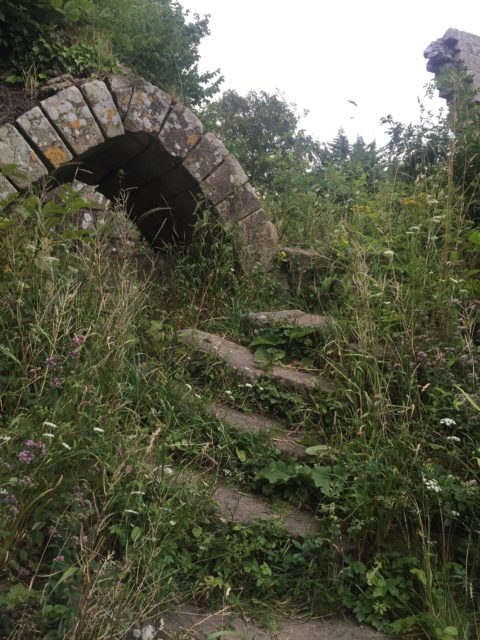
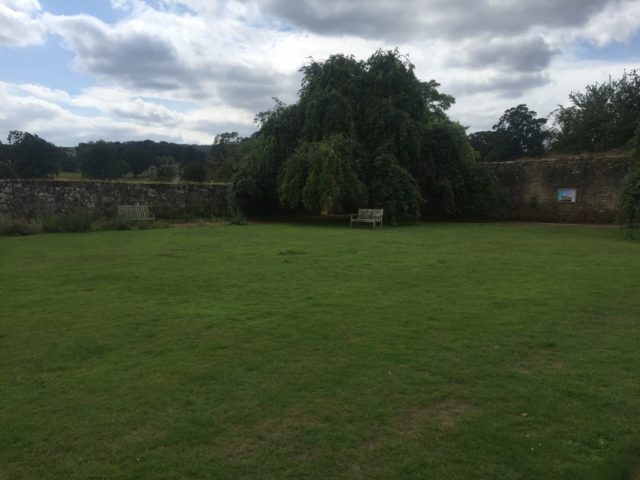
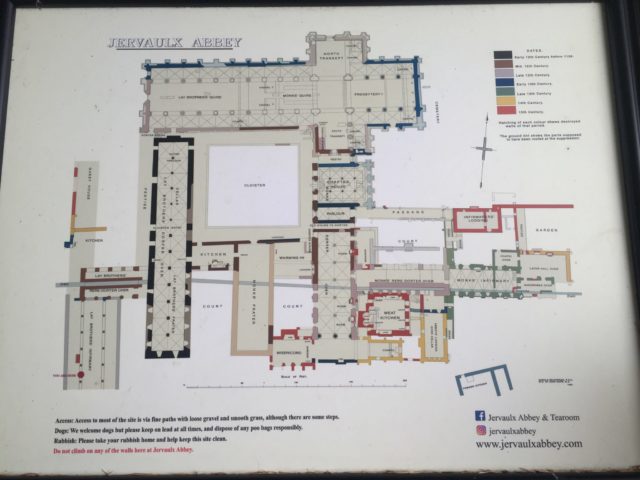
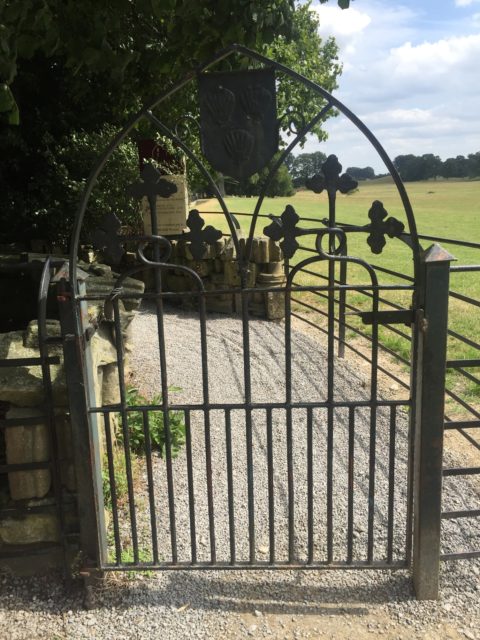
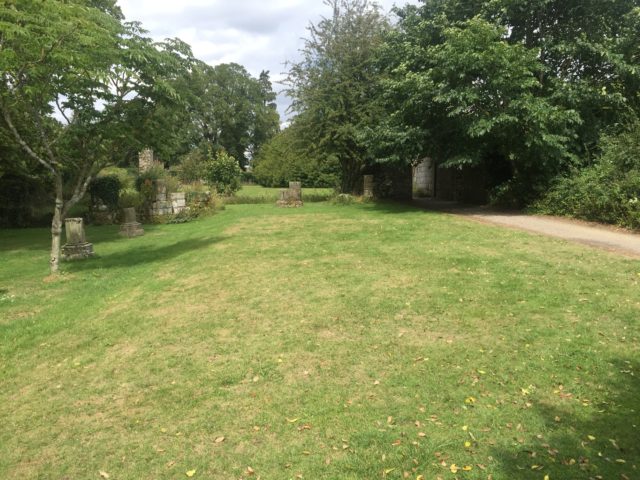
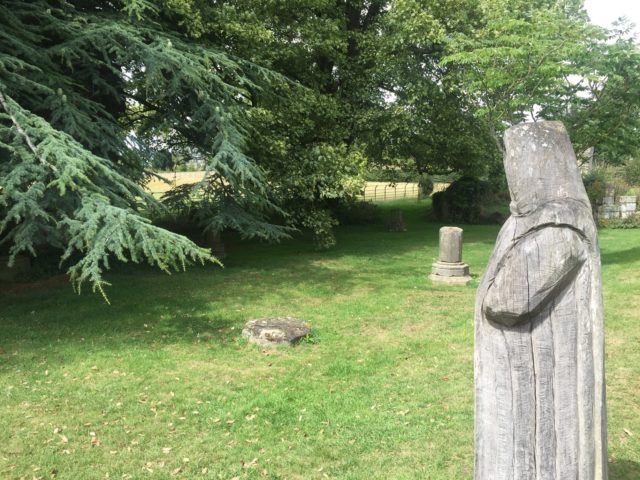
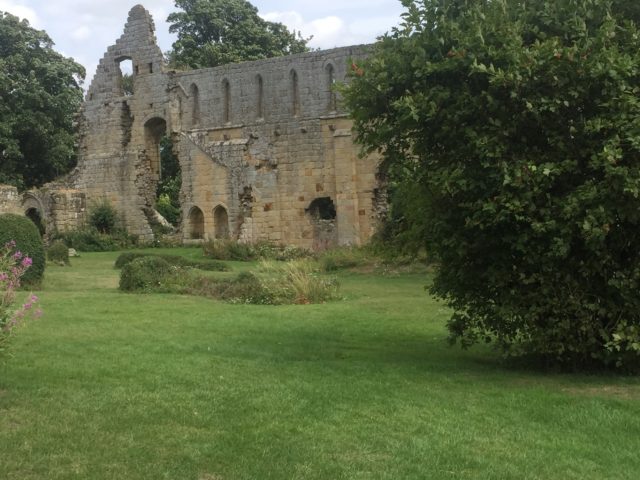
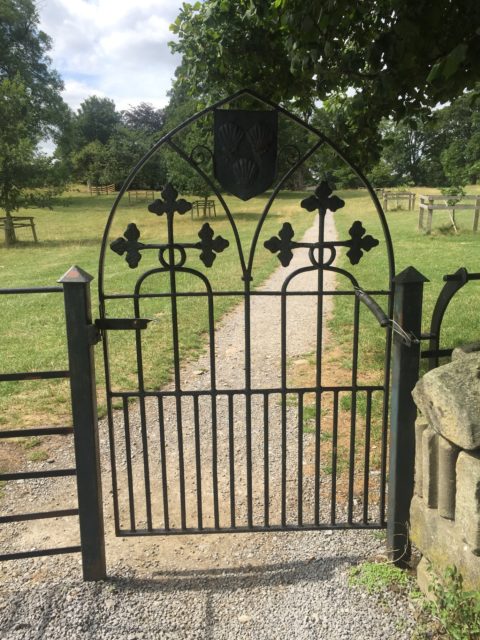
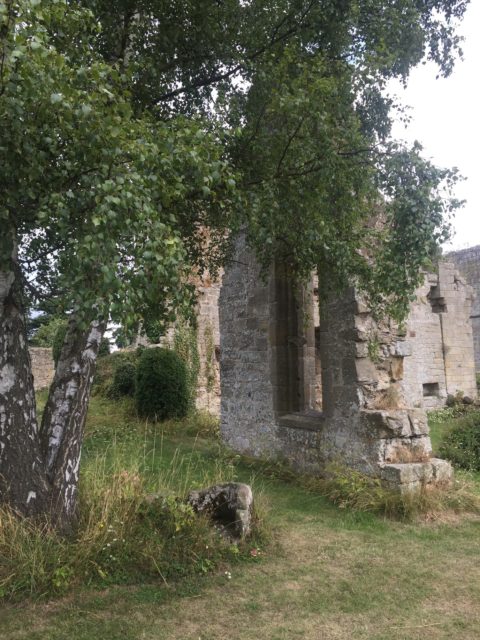
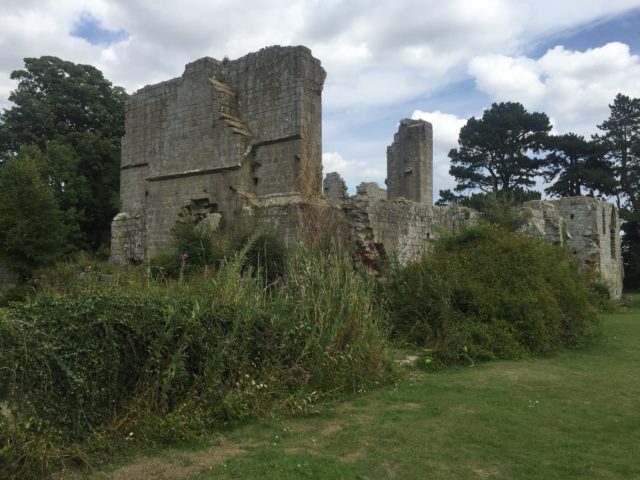
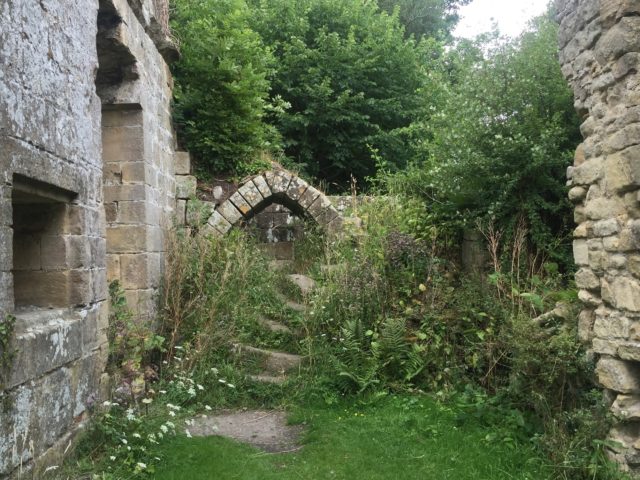
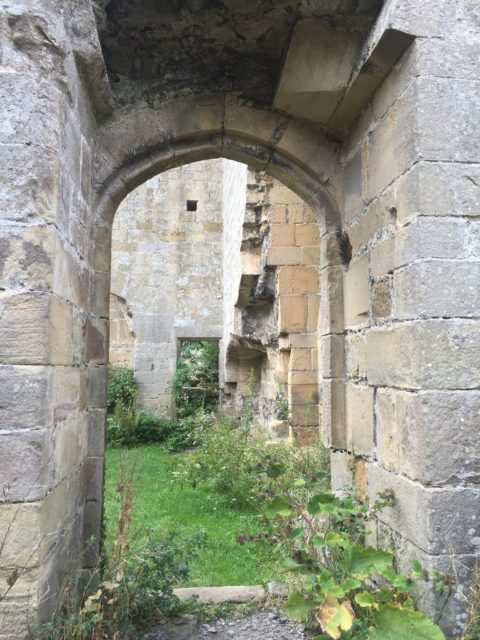
Beautiful Abandoned Mausoleum in Romania
